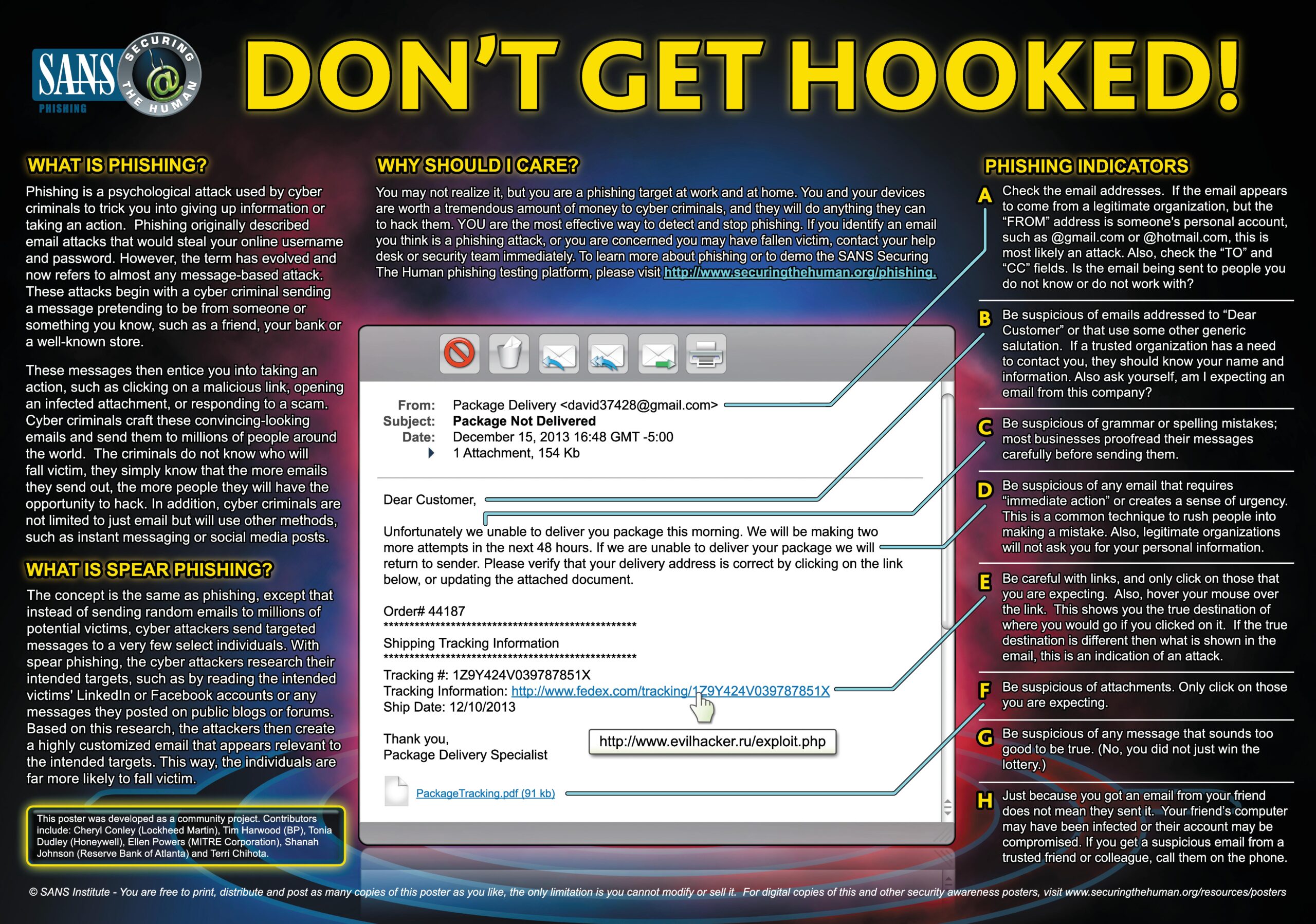If you're seeing this page, you've just been phished.
(Well, not really. But you would have been if that email had been from a cybercriminal)

This was only a test. The password you entered has not been compromised.
If this hadn't been a test, a cybercriminal could have been logging into your account by the time you finished reading this page.
October is National Cybersecurity Awareness Month and LogicCloud IT is working with the National Cybersecurity Alliance materials to help build awareness about the importance of cybersecurity training for businesses of all sizes. These types of phishing simulations are a regular part of several of our Cybersecurity and Managed IT services, however, to do our part during National Cybersecurity Awareness Month the LogicCloud IT team phishing training example messages to businesses and individuals that we have engaged with over the last several years that are written to closely resemble what you might receive from scammers engaged in phishing.
Phishing is an increasingly common tactic used by spammers, online identify thieves, and all-around bad people to trick you into giving up your personal, financial, and other sensitive information. They do this by sending email and text messages that look like legitimate requests for information or offers from established organizations (such as your bank, school, or employer).
Even astute, tech-savvy people can fall victim to a well-crafted phishing attempt, and you only have to fall for the attempt once before your information is in the hands of criminals intent on stealing whatever they can from you.
Let your company's management know about the importance of cybersecurity training for the whole company, and in the meantime, remember, if you receive a message that sounds suspicious, be on alert and don’t click on links in messages unless you’re absolutely sure they’re not malicious.

